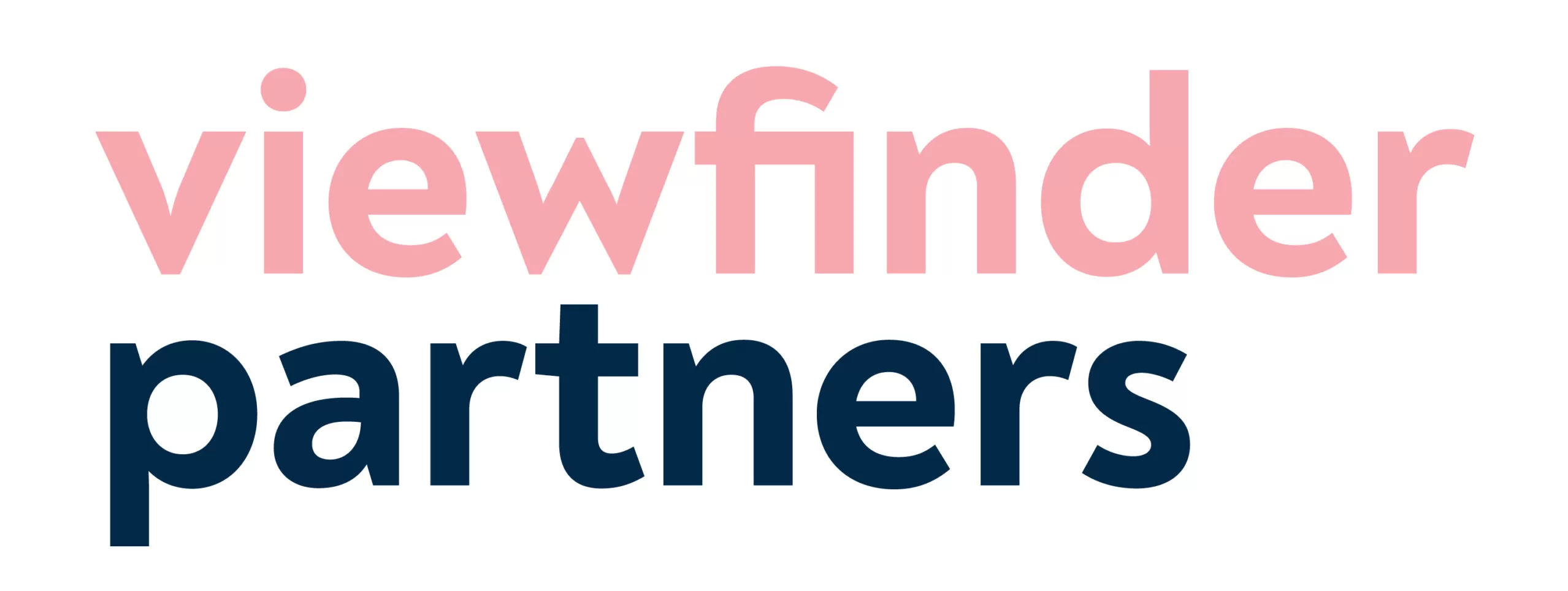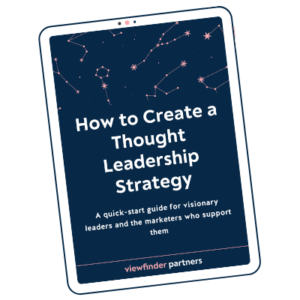If you’re an expert in your field, you know a lot. You have deep knowledge about your industry. But just having that knowledge doesn’t make you a thought leader. Thought leaders are experts who share their knowledge by breaking it down, presenting it in interesting ways, and neatly packaging distinct ideas.
Every time you present a new idea—whether you’re writing about your work on LinkedIn, pitching an idea to a magazine, or developing a presentation about your latest project—you need a headline.
Why thought leadership needs good headlines
In thought leadership, crafting the headline is the most important part of the thinking process. The headline underlines your most important idea while hooking your audience.
But developing that headline often comes late (way too late!) in the thought process.
I help experts talk about their work. And often, a team of authors will send me a beautiful, lo-o-o-ng, detailed outline overflowing with context and research and examples. It’s clear they could write an entire encyclopedia about their industry, its history, and its future.
But they’re missing something important: an angle. What’s their key argument? Why does all this context matter? What’s the most important perspective they’re trying to express? What’s their one idea?
So I’ll ask: What’s the headline?
Sometimes, experts are so deep in their work that the headline feels obvious to them. They think the reader should already know their position on the issue. But you can’t assume the reader will make the cognitive leap of summarizing your big ideas. You have to spell out your ideas for them.
Other times, an expert knows everything about a topic but doesn’t know what they’re trying to say that’s new, special, or different. They don’t know their headline, so there’s no chance the reader will guess it.
In either case, I push experts to fine-tune their headlines to fine-tune their ideas.
My advice: How to find your headline
I searched my database of call recordings (my external brain) for the word “headline.” The snippets I found made me laugh. According to these transcripts, I constantly push my clients about their headlines. I say things like:
- “What’s the headline here?”
- “Your headline needs to pull people in.”
- “The point of the headline is to make people say, ‘Oh, that’s interesting. I want to know more about that.’”
- “Now that we’ve talked through your ideas, are you thinking differently about what the headline could be?”
- “Yes! I think we found the headline that could hook people.”
If you’re swimming in a sea of big ideas, but your headline hasn’t risen to the top, try these approaches to pinpoint your headline.
Read through your draft and highlight the best ideas.
What makes your eyebrows shoot up? What makes you smile? What makes you say, “Yes, that’s the most important part”? Highlight everything that stands out. Then, read through all of the highlighted sections and consider which could be your headline.
Try putting your big idea into a standard headline format.
Show how the work is evolving:
From (OLD WAY) to (NEW WAY): How (INDUSTRY/FIELD) is (VERB-ing)
Pinpoint the most important thing people need to know:
(NOUN) is the one thing leaders in (INDUSTRY/FIELD) need to know
Give simple advice
Leading a (X INDUSTRY/FIELD) organization? Try this: (3-WORD INSTRUCTION)
Even if none of these headline formulas are exactly right for your content, doing this exercise will get you in the mindset of packaging your one big idea.
What journalism teaches us about writing headlines
Here’s a rundown of headline writing from the New York Times:
Readers often assume that reporters write their own headlines. In fact, they rarely do. Most headlines at The Times, print headlines in particular, are written by editors experienced in the task. […]
The guidelines are daunting: Get at the crux of the story, but don’t give away the ending. […]
Also, don’t pilfer (“step on”) a savory nugget from the “lede” (the top) or the “kicker” (the bottom) of the story.
Editors expect a good headline to walk a careful tightrope—highlighting the most important idea without revealing too much. They want to entice people to read the story without giving away the best parts. They know that headlines matter a lot.
Headlines matter for newspaper editors, and they matter for subject matter experts, too. If your big idea doesn’t have a headline, take another look and try to pull out the most important idea.





